Half of attacks against MTA staff on NYC subways involved perps with mental illness, lengthy rap sheets: records
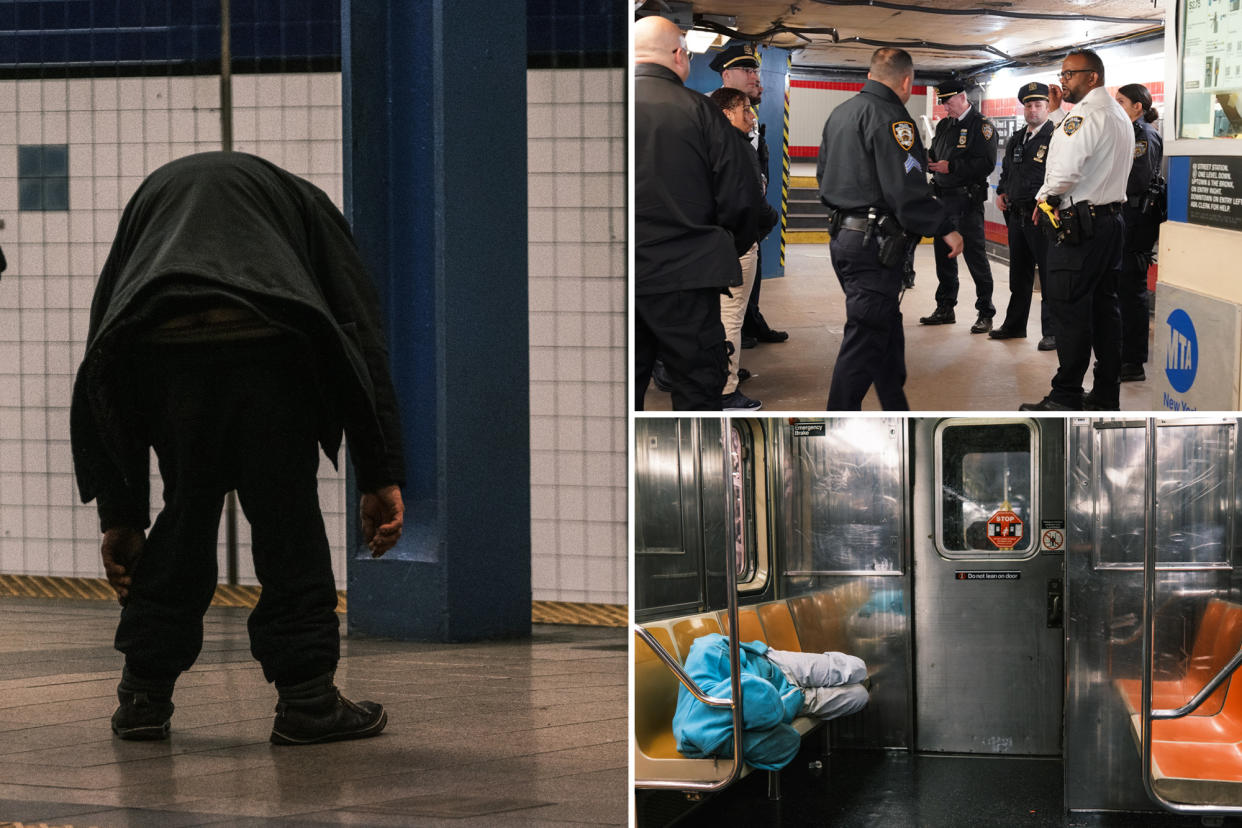
Half of the nearly 40 perps busted for attacking MTA employees in the subway system last year have histories of mental illness — along with lengthy rap sheets, a Post investigation has found.
Of the 38 people charged with 41 separate assaults on train drivers, conductors, token booth clerks and other staffers underground, 20 of them had at least five arrests to their names and documented psychological problems, according to documents obtained by The Post.
“This is what I have said for some time — people with severe mental illness who pose a risk to themselves or other passengers should be in treatment, not living on the subways,” MTA chair and CEO Janno Lieber said in a statement Thursday.
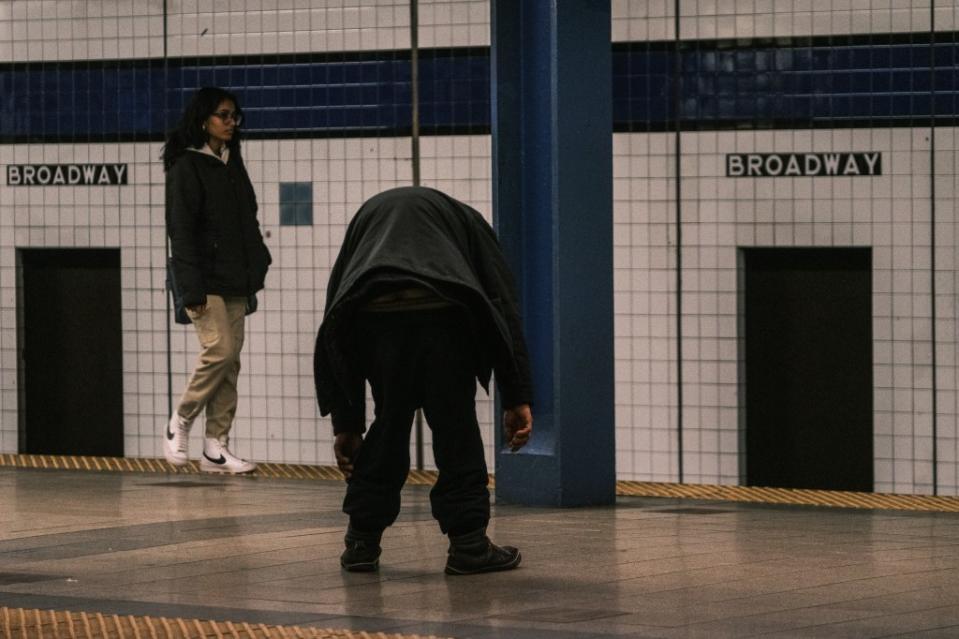
He was among the frustrated officials and cops who have pinned the problem on New York’s revolving-door criminal justice system — which has few provisions to deal with chronically mentally ill New Yorkers, who often end up on Rikers Island and then back on the streets without getting the help they need.
“You cannot arrest your way out of the problem,” said NYPD Transit chief Michael Kemper in a statement.
“Mental health — a person in the throes of an episode — is an ongoing problem, and obviously our tools cannot address the persistent issue of mental illness.
“We are equipped to stop an immediate threat, in one moment, at a time; disrupt a single act.”
Hundreds of pages of documents examined by The Post reveal the stark pattern: New Yorkers with long histories of mental illness and lengthy rap sheets attack MTA staff; they are arrested, often prosecuted and put behind bars — but then end up back underground after their release, where they turn violent again.
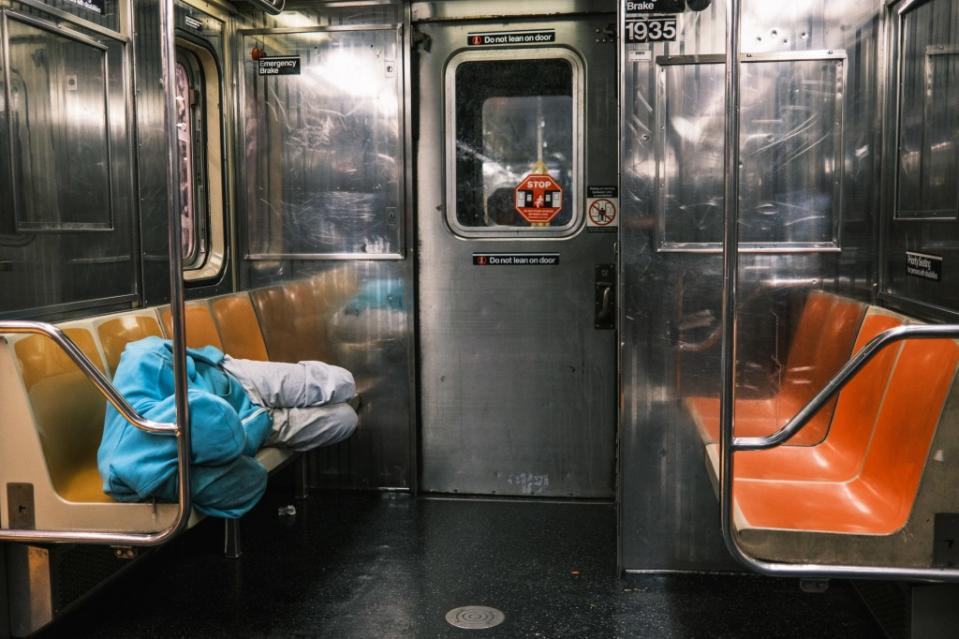
The 38 assault suspects racked up an astounding 1,126 arrests combined over their lifetimes — and four of them accounted for 252, or 22%, of those busts, the records show.
Of those four: one is in a state mental hospital, one is out on supervised release, one is serving up to three years behind bars and one is locked up pending trial.
Wayne Robinson — who was hospitalized after being declared unfit to stand trial in February — appears to be responsible for more alleged assaults on MTA staff last year than any other single person.
Robinson, who has a documented history of mental illness, was arrested in at least four separate assaults on MTA conductors in 2023 — two of which took place across two days that October, the records show.
“It’s several problems combined,” said a law enforcement source, pointing to bail reform. “The large number of people in the criminal justice system with psychiatric problems” and a supervised release system that “really cannot stay on top of the volume of people that have these issues.”
“If a person is a chronic offender and there’s underlying issues of mental illness, we can’t rely on outside supervision alone. We need to look at civil commitment,” the source added.
In one case, William Talbert — who is locked up awaiting trial in a series of assaults from September — had previously been remanded to mental health treatment after he was arrested for allegedly randomly punching someone on an M train and deemed unfit to stand trial.
Health care records, even in the criminal justice system, are heavily protected by confidentiality laws. That makes it virtually impossible to find out when or how he left court-ordered care — and how he ended up back on the subway system only to attack again.
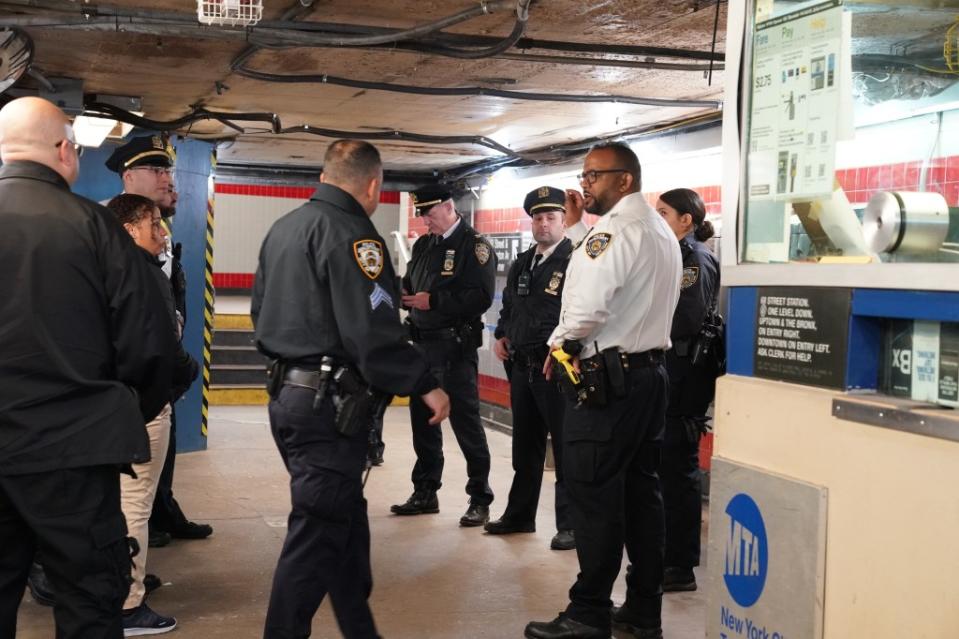
“We need more beds, more psych beds,” said a frustrated source. “They’re people that need help — and they’re dangerous, they’re dangerous to themselves.”
“There needs to be greater authority on the ground to commit people for at least a short stay, if not longer,” the person added. “We need police down there, but if the activities don’t change, we’re not going to move the ball forward.”
The MTA touted its new crisis intervention program, which teams up a cop and a social worker to intervene when station staff see someone who appears to be mentally ill and is becoming violent.
Officials said the agency’s first two “SCOUT’’ teams had responded to 75 cases during the first three months of the initiative. Of those: 45 people were placed in shelters with mental health services on-site, 15 agreed to go to the hospital for treatment and another 15 were placed in emergency rooms for urgent stabilization.
Gov. Kathy Hochul has promised the agency $20 million to expand the program to 10 teams and help fund other homeless outreach efforts underground.
“The governor’s initiatives for both law enforcement and mental health treatment are critical,” said Lieber in the statement.
“The SCOUT mental health initiative, funded by the governor and in partnership with New York City, is reaching out to connect the highest need, highest impact individuals sheltering in the transit system with the care they need,” he added. “We are ramping up cooperation with police and prosecutors so that when crimes do occur, they are prosecuted to the full extent of the law.”
Recidivists with long histories of mental illness were the primary suspects in subway assaults of MTA employees last year, The Post has found. Four examples:
Wayne Robinson
Robinson was first arrested in January 2023 for beating the side of a Q train with a stick as it pulled out of a station, striking the conductor, but that case was sealed, sources said.
Then on April 17, he allegedly threw a metal rod at a conductor and struck her right shoulder as the uptown No. 1 train pulled out of the 28th Street station.
Manhattan prosecutors asked for and received supervised release for Robinson.
He was back in the system less than a month later — and arrested when an MTA employee spotted him using a metal pipe to smash the windows of a downtown D train.
This time, prosecutors successfully argued he be held behind bars under the “harm on harm” provision, which allows judges to remand suspects if they are arrested again while awaiting trial on a separate charge.
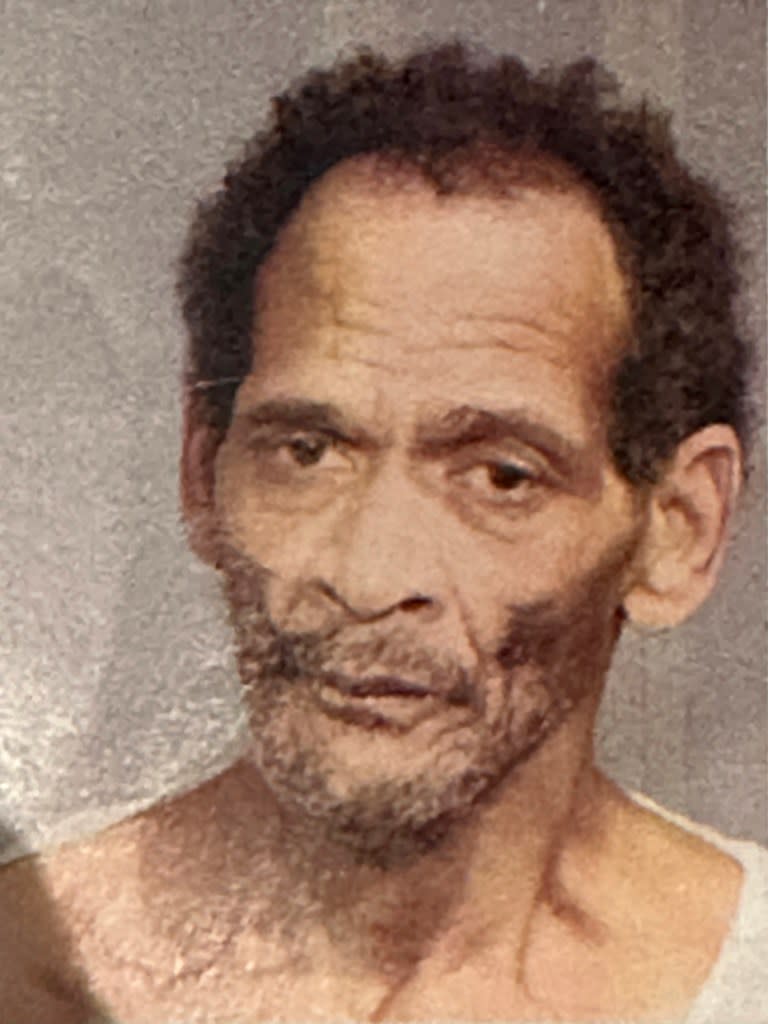
In August, he pleaded guilty to misdemeanor assault and mischief charges in a deal that included a six month sentence, but was given credit for time served.
Come October 12, Robinson was back underground — and once again attacking MTA staffers, throwing an orange at a conductor on an uptown No. 6 train at 33rd Street.
He was released on his own recognizance, prosecutors said, because the charge was not bail eligible — and arrested again the very next day when he threw an object at a conductor on a C train at the Chambers St station and struck her in the head.
Prosecutors put him behind bars again using the “harm on harm” provision, but were forced to release him on Nov. 14 after failing to turn over evidence to Robinson’s lawyers, documents show.
A month later, Robinson was arrested again after an NYPD transit cop spotted him attempting to shove a metal pipe down his pants, shortly after she reported hearing a loud bang and seeing glass shards from smashed fluorescent lights on an escalator.
Robinson was declared unfit to stand trial in February and is currently locked up in a state hospital, Department of Correction records show.
William Talbert
Talbert was busted in April 2023 when he allegedly charged at two MTA subway train car cleaners as they were getting ready to get to work on a No. 6 train that had reached the end of the line at Pelham Bay in The Bronx.
He picked up and threw a mop bucket at one of them and chased the other down the platform, trying to punch her.
Talbert then turned and began attacking another employee, an MTA supervisor, before he was eventually restrained by station staff as cops raced over from the local precinct.
It wasn’t his first bust in the system; he’d been arrested 14 months earlier when he randomly punched a man aboard a Manhattan-bound M train at its end-of-the-line Middle Village-Metropolitan Avenue station, leaving the victim bloodied and bruised, court documents show.

That charge was tossed by a judge because Talbert was deemed unfit to stand trial. Instead, he was remanded into treatment for his mental health.
In July 2023, Talbert accepted a plea on the April assaults that put him behind bars for up to five months, but got credit for time served.
Just two months later, in September, he was busted after knocking off a string of tip jars put out by restaurants and cafes on Mulberry Street for the San Gennaro festival.
He was arrested two days later and pleaded guilty to a deal that sentenced him to time served.
In November, Talbert allegedly struck again on the Lower East Side, attacking a husband and wife who were dining at a restaurant on Grand Street, punching the man and snatching the woman’s wallet before biting her.
That same day he allegedly robbed the register at a Chinese restaurant, nearby on Eldridge St., and assaulted the clerk at the counter.
Cops swept the area and picked him up that day. Prosecutors arraigned him just hours afterward and he remains in custody, awaiting trial.
Clive Porter
Porter was first caught on tape vandalizing a MetroCard machine at the 47-50 Rockefeller Center subway station in February 2023.
Just hours later, he was arrested for graffitiing a store on the ground floor of the MTA’s headquarters in Lower Manhattan with a swastika, which is a hate crime.
Prosecutors asked for bail to be set but Judge Michael Gaffey approved a supervised release.
A month later, on March 3, Porter slugged a conductor who told him to leave a car that was being taken out of service.
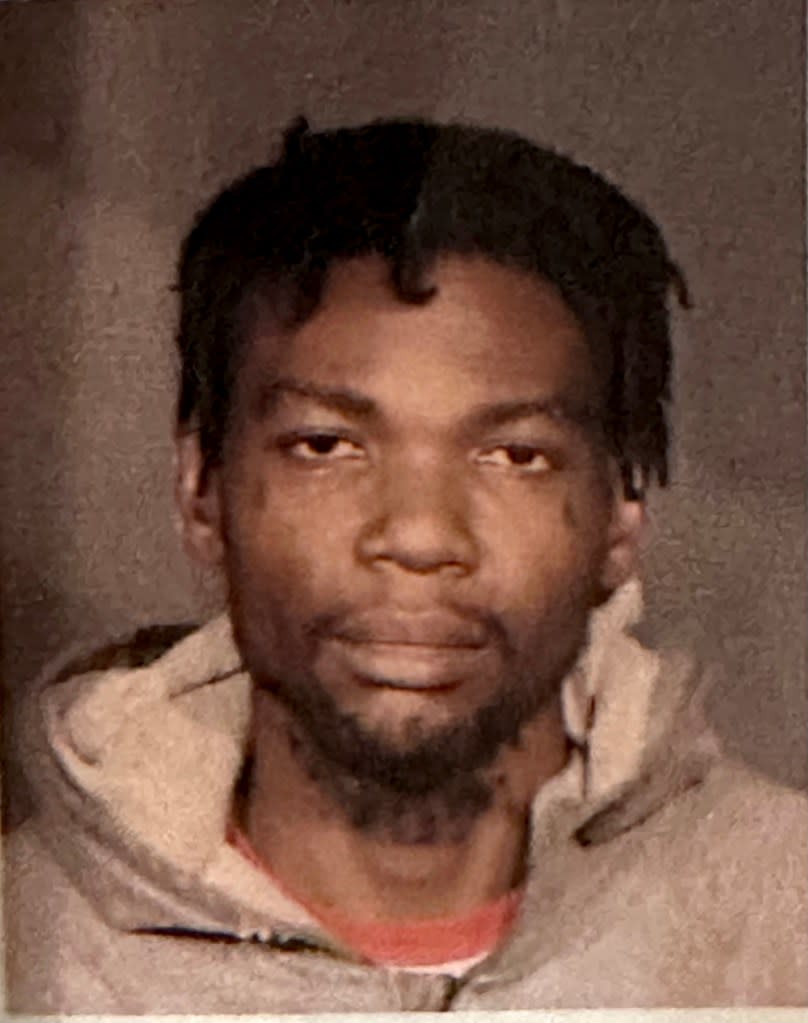
Records show that his cases were combined and he was sentenced to five months in jail for the hate crime, though it is unclear when he was released.
In December 2023, he committed another hate crime when he was caught on tape graffitiing the Grand Army Plaza subway station in Brooklyn with “death to gays,” records show.
He is currently out on a supervised release while awaiting an evaluation to see if he can start a court-ordered mental health treatment program.
Calvin Williams
Williams’ first arrest underground was in November 2020 for smashing the glass on the platform screens at an F train stop.
He was arrested again in April 2022 for masturbating on the stairs of a subway station.
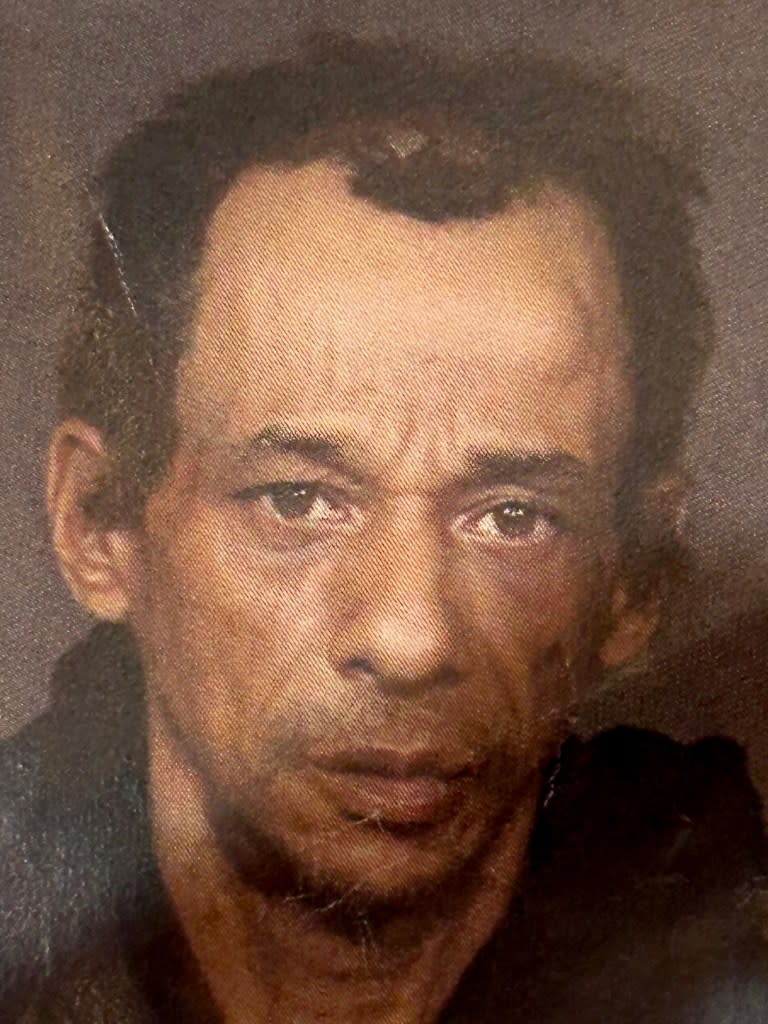
In April 2023, witnesses told cops he was screaming obscenities on the train before disembarking at Chambers St.
Instead of leaving the station, he swung his backpack at a conductor, hitting him in the face and breaking his glasses.
Police caught up with him in June 2023 and he pleaded guilty that September to misdemeanor criminal mischief and was sentenced to between 1.5 to 3 years behind bars.
Williams had told paramedics and cops for years that he was hearing voices, resulting in frequent trips to the city’s hospitals, records show.
He, too, ended up in the subway system — and it led to a predictable and terrible outcome.

